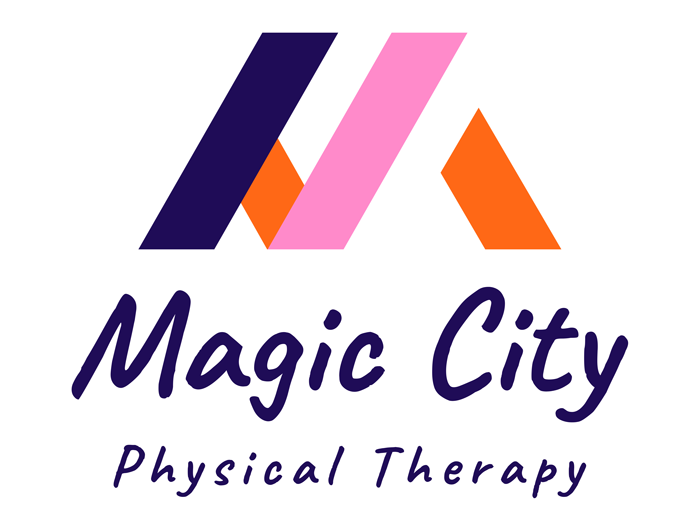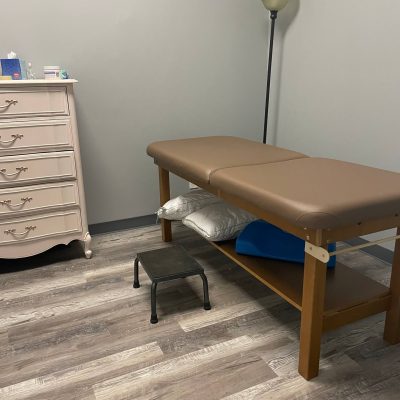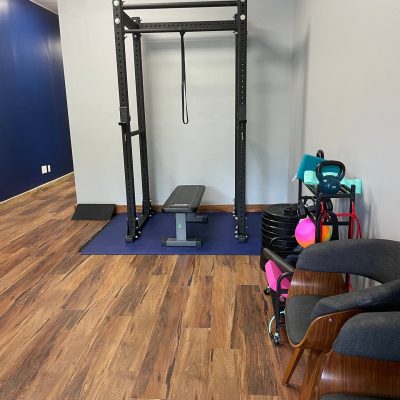As a pelvic floor physical therapist, one of my primary goals is to help patients find relief from pain, restore function, and build long-term resilience in their bodies. Whether we’re treating pelvic pain, hip or low back dysfunction, or postural imbalance, we often encounter muscle tension, trigger points, and restricted mobility that can stall progress. That’s where dry needling can be a game-changer.
You may have heard of dry needling in sports medicine or orthopedic settings, but it’s just as powerful in pelvic health. It’s not a standalone fix—but when used strategically, it can rapidly decrease pain, improve range of motion, and create a window of opportunity for more effective movement retraining and strengthening. Let’s explore how and why it works.
What Is Dry Needling?
Dry needling is a technique where a thin, sterile, monofilament needle is inserted into taut bands of skeletal muscle (also called trigger points), connective tissue, or areas of myofascial restriction. It is called “dry” because there’s no medication or fluid being injected.
The goal is to elicit a twitch response—a quick contraction and release of the muscle—that helps “reset” the muscle and decrease its excessive tension or guarding. This can lead to a reduction in pain, improved circulation, and improved neuromuscular communication between the brain and the body.
Dry needling is not acupuncture, although the same style of needle is used. It is based on Western anatomical and neurophysiological principles rather than Traditional Chinese Medicine.
Pain Reduction: Calming the Overactive Nervous System
Chronic or recurring pain—whether in the pelvis, hips, back, or surrounding muscles—often involves more than just tissue injury. There’s usually a strong component of neuromuscular overactivity. Muscles may remain in a guarded or protective state, creating a feedback loop of pain, tension, and further dysfunction.
Dry needling breaks that cycle by:
- Interrupting pain signals from the periphery to the brain
- Decreasing the excitability of motor endplates (where nerves meet muscles)
- Reducing chemical irritants around trigger points
- Facilitating muscle relaxation in overly contracted areas
The result? A notable decrease in pain for many patients—sometimes within minutes.
Improving Mobility and Movement Quality
When pain is reduced and trigger points are released, patients often notice an immediate change in mobility and freedom of movement. That stiff hip, guarded pelvic floor, or limited lumbar spine may move more freely with less discomfort.
This is especially useful in pelvic floor therapy when:
- Patients have restricted hip mobility due to pelvic floor hypertonicity
- There is fascial tension in the abdominal wall or adductors
- Gluteal or hip rotator trigger points are limiting hip and sacral mobility
- Postural dysfunction is contributing to pelvic alignment issues
Dry needling makes it easier for patients to get into functional positions like squatting, sitting, or walking without compensation. And when the body is moving better, therapy becomes more effective.
Setting the Stage for Strengthening and Long-Term Success
Reducing pain and improving range of motion are valuable, but they are not the end goals. To truly resolve dysfunction and prevent recurrence, we need to retrain movement patterns and build strength and endurance—especially in stabilizing muscles of the core, hips, and pelvic floor.
This is where dry needling can dramatically enhance outcomes. When a muscle is no longer guarded or painful, patients can:
- Activate and recruit it more accurately
- Tolerate strengthening exercises with better alignment and less fatigue
- Build coordination and motor control without compensating patterns
In essence, dry needling opens the door to a higher quality of rehab. It doesn’t replace strengthening—it amplifies it.
Who Can Benefit?
In the pelvic health setting, dry needling may be appropriate for:
- Pelvic pain syndromes (e.g., vaginismus, dyspareunia, pudendal neuralgia)
- Postpartum recovery with myofascial tightness or SI joint dysfunction
- Chronic low back or hip pain impacting the pelvic floor
- Pain with intercourse or tampon use related to trigger points
- Athletes or active individuals with persistent pelvic/hip tightness
We always evaluate the individual’s history, goals, and comfort before incorporating dry needling. It’s just one tool among many—but when used appropriately, it can significantly accelerate progress.
What to Expect
Patients often ask what dry needling feels like. Most describe a brief, crampy sensation or twitch during the needling, followed by a deep release. Some muscle soreness is expected for 24–48 hours, similar to post-exercise soreness. This typically resolves quickly and can be managed with gentle movement, hydration, and heat or ice as needed.
We always follow dry needling with guided movement, gentle retraining, or manual therapy to reinforce the new pattern and help the nervous system integrate the changes.
Final Thoughts
Dry needling is a powerful adjunct to pelvic floor physical therapy. By helping reduce pain, improve mobility, and enhance neuromuscular control, it allows us to move more efficiently into strengthening and function-based rehab. The ultimate goal is not just symptom relief—it’s long-term resilience and confidence in your body.
If you’re struggling with persistent pelvic pain, muscle tightness, or difficulty progressing in therapy, dry needling may be the boost you need to unlock your next phase of healing.







